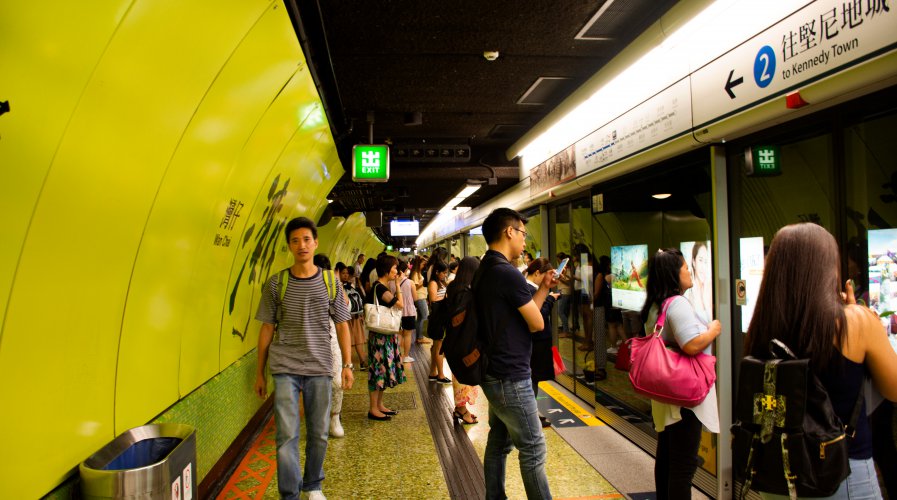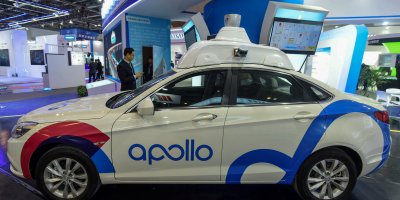
Commuters waiting for the train in hong Kong’s Mong Kok station during rush hour. Source: Shutterstock.
How smart technology is revolutionizing Asia’s railways
With aims to take cars off roads, reduce the impact on the environment and transform mobility, transportation is a key focus of technological disruption – and the rail systems that criss-cross our landscapes are certainly not exempt from those efforts.
From morphing point to point travel with ridesharing services and moving toward automated ports, the city-state of Singapore is one of the most forthright adopters of smart technology, but it’s in its immensely efficient railway network where this is really apparent.
Legacy ICT infrastructure has been replaced by technologies such as Train Control and Management Systems (TCMS), which utilizes sensors installed inside trains and along tracks for monitoring, data collection, and analysis.
To reduce the amount of manual work in the maintenance and inspections of tracks, the Singaporean government has implemented a Drone Task Force, harnessing the power of technology to inspect and monitor tracks and tunnels with zero downtime.
Even high-precision laser systems are not left out: it will soon be used to repair worn-out rails in just one night, much faster than the current three nights.
Ensuring trains run on time and are well maintained are just single parts of how rail transport is being augmented by technology, but ensuring passengers have an experience that keeps them coming back is also crucial.
Hong Kong’s RailGen 2.0 program is dedicated to bringing ‘superior connectivity, enhanced services, and a personalized service’ to commuters. This includes real-time and personalized trip information, and also help in the form of chatbots.
Meanwhile, automation holds great potential in increasing rail network safety.
With inspection works automated and devoid of human error, glitches can be avoided or rectified in an accurate and timely fashion. Positive rail control technologies also work to prevent human-related rail accidents, allowing operators to put more trains – and automated trains – on tracks safely.
China has been leveraging automation technology for quite some time now – it’s even exploring how its trains can drive themselves.
It’s RailRapid Transit is the world’s first autonomous ‘smart train’. Equipped with various sensors, the train can analyze traffic conditions and help train drivers reroute appropriately, and at the same time ensure that the vehicle is running safely.
Asia has already established a strong presence in the smart tech industry, innovating and leveraging it in all possible ways. As we look to develop future transportation systems, the innovation taking place across our rail systems already shows much of these developments in action.
READ MORE
- Safer Automation: How Sophic and Firmus Succeeded in Malaysia with MDEC’s Support
- Privilege granted, not gained: Intelligent authorization for enhanced infrastructure productivity
- Low-Code produces the Proof-of-Possibilities
- New Wearables Enable Staff to Work Faster and Safer
- Experts weigh in on Oracle’s departure from adland


